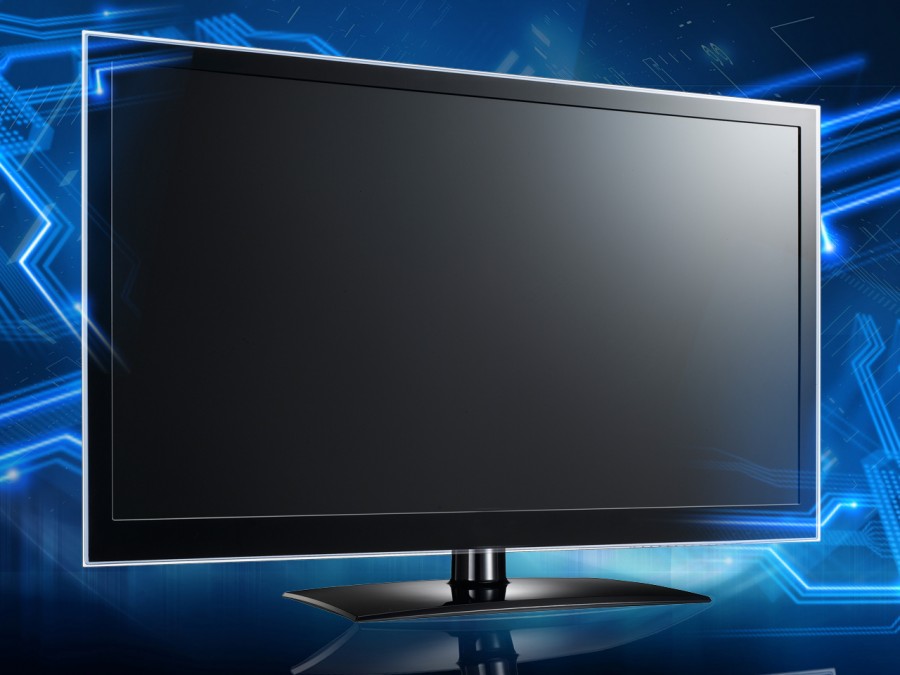Ultra High Definition: Is it worth it?
October 3, 2014
The last time you walked through a Best Buy, you may have noticed quite a few TV’s boasting about “Ultra High Definition,” or “UHD 4K.” It sounds awesome, four times the resolution of full HD, or four times what you might see coming out of your Bluray player. But is four times the resolution really worth the cost to the average television viewers’ eye?
The International Telecommunication Union (ITU) posted their recommendation for Ultra High Definition in August of 2012. The idea has been around for a while, in fact the first screen capable of showing 4K was built back in 2001. ITU decided that UHD1 (ITU Rec BT.2020) should be a resolution of 3840 x 2160, an aspect ratio of 16:9, and should be displayed at 120 frames per second. In simpler terms, this is four times the resolution and double the frames per second of a full HD movie on a HDTV.
If you’ve ever worked with or edited regular High Definition video, you have an idea of how much data goes into HD. It takes a lot of hard drive space, and a huge amount of bandwidth on the broadcast side of things. To industry experts, the mention of UHD in broadcast gets a bit of a chuckle.
Larry Thorpe of Canon USA spoke Wednesday to the newly formed Pittsburgh chapter of the Society of Motion Picture and Television Engineers (SMPTE). Thorpe went into detail on the science of UHD and its effect in the world of broadcast, cinema, and gaming.
For the television portion of his presentation, Thorpe spoke of how the human eye perceives images on a screen. As you may have imagined, quite a few studies have been done on how we watch TV, and what the best screen sizes, resolutions, and frame rates optimize the viewing experience. One study was presented that showed the average distance we sit from the screens in our living room to be nine feet. Given this and the functions of the human eye, Thorpe presented mathematical equations that result in the optimum screen size to experience UHD in your living room. Currently the most popular screen size for UHDTVs is 84 inches. “If you buy an 84 inch TV and put it nine feet away, you WILL NOT see 4k,” says Thorpe. According to the math, to see true UHD in the living room, you need a 134 inch television.
Now you may not be able to see true UHD from a still colossal 84 inches, but studies do show that the picture you see is still often ranked higher than standard HD, but not by much. According to Thorpe, the slightly better picture you’ll get from an 84 inch UHD-TV in your living room is not worth the cost to the consumer. And the cost to the consumer is nothing compared to the industry costs that would be required to bring UHD Television to your home. We are talking massive infrastructure upgrades that would cost way more than these studies show is worth paying. In short, UHD isn’t coming from the cable company any time soon.
UHD at the movie theater may be a bit of a different story. Even at the movies the distance and eye perception equations still apply. At a high quality theater in Germany, with an 84 foot screen, it has been shown that everyone in the theater, except for the back five or so rows, gets to experience 4K. That means that UHD may make it to the theater sooner than later, but cinematographers have some trouble agreeing with the frame rate aspect of UHD, but that’s another story.
As a recent surprise to the Thorpe, 4K is already being heavily used in an industry that the old time broadcasters and movie makers don’t have much experience in. That’s the industry of computer gaming. It takes quite a bit of computer horsepower to play games, and UHD games takes even more, as thousands of dollars of hardware is required just to get started. Thorpe mentions that dual GPU’s at the minimum is necessary to experience 4K games. Hard core PC gamers know this, and “Game people are sorta pointing the way” in the 4K revolution says Thorpe. As far as console gamers, don’t expect anything anytime soon. According to Sony’s Playstation FAQ, 4K still images and video are being considered, but there is no consideration for 4K gaming out of a console at this time.
That’s the story on Ultra High Definition. The industry doesn’t find it worth the effort to deliver 4K to the home, and I don’t know about you, but a 134 inch UHD-TV is a bit out of my budget at the moment. We might see some 4K resolutions in the theater, and as it turns out, PC gamers have been working with 4K for a while. What’s your opinion on the UHD situation?
Let me know in the comments section.












